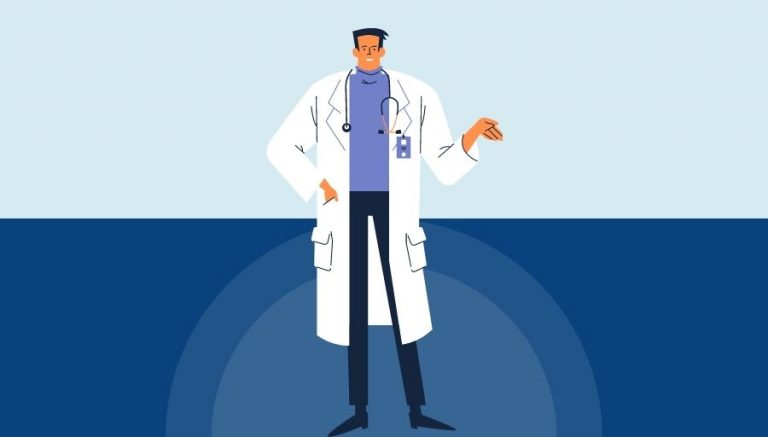ICD 10 CM S79.142D | Description & Clinical Information
ICD 10 S79.142D describes a specific type of fracture, known as a Salter-Harris type IV physeal fracture, that occurs in the lower end of the left femur in children, resulting from severe sudden or blunt trauma during events such as a fall from a high elevation, traffic accidents, child abuse, or sports activities, and extends from the metaphyseal cortex down to the physis and into the articular or joint surface at the end of the femur, with this code being applicable to a subsequent encounter for a normally healing fracture.
Official Description Of S79.142D
The ICD 10 CM book defines ICD 10 code S79.142D as:
When To Use S79.142D
The diagnosis code ICD 10 CM S79.142D describes a specific type of fracture known as a SalterHarris type IV physeal fracture which occurs in the lower end of the left femur. This type of fracture can lead to a wide range of symptoms including pain in the knee area, swelling, bruising, deformity, warmth, stiffness, tenderness, difficulty standing or walking, restricted range of motion, muscle spasm, numbness, and tingling due to possible nerve injury, and even death of bone tissue due to lack of blood supply (avascular necrosis).
It is important for medical providers to be able to diagnose this condition accurately in order to provide the most effective treatment for their patients. Diagnosis is based on the patient’s history of trauma and physical examination to assess the wound, nerves, and blood supply. Medical imaging techniques such as X-rays, CT scans, and MRI with possible arthrography (X-ray of a joint after injection of contrast into the joint) can also be used to determine the extent of damage. Laboratory examinations may also be performed as needed.
The growth plate at the lower end of the femur is responsible for contributing to over two-thirds of femoral length and almost one-half of the entire leg length. As a result, an unequal length when compared to the opposite extremity often occurs. This makes proper diagnosis and treatment even more important.
The usual treatment for undisplaced physeal fractures of the lower end of the femur involves gentle closed reduction and fixation with postoperative immobilization in a spica cast that encases the torso or pelvis down to and including part of the lower leg. If closed reduction is unsuccessful, or if there are associated injuries and more serious fractures that extend into the epiphysis and/or the metaphysis (widened area at the end of the femur), open reduction and additional surgery may be required.
There are also a variety of medications and therapies that can be used to treat symptoms and aid in the healing process. Some of these treatment options include analgesics and nonsteroidal anti-inflammatory drugs for pain, corticosteroids for swelling and inflammation, muscle relaxants, and thrombolytics or anticoagulants to prevent or treat blood clots. As healing progresses, exercises can be prescribed to improve range of motion, flexibility, and muscle strength.
In summary, the diagnosis code ICD 10 CM S79.142D is used to describe a specific type of fracture that can cause a wide range of symptoms and complications. Accurate diagnosis is key to providing effective treatment and preventing further damage. Medical providers can use a variety of techniques and therapies to manage pain, promote healing, and restore mobility for their patients.



